Tax return time means countless archers will be out buying a new bow. Here’s a few things to consider before you decide to buy a new bow.
When the new flagship bows come out each fall, I typically make the trip to my local archery shop to check them out. That visit usually consists of me looking over each bow to verify if it lives up to the hype. If I like the look and feel of the bow, then I take it to the range to see how it shoots. This is where I normally decide, even though the new bow is great, it’s not worth the expense of buying a new bow. That is, until I shot the new Mathews Triax this past November.
Let me start by stating this article is not meant to be a Mathews Triax advertisement. This is strictly my own experience in purchasing a new bow. I tend to be a fan of all bows in general, but my last few bows have been Mathews. I’m not a guy who buys a new bow every year, in fact, I haven’t bought one in the past five years. My last bow was the Mathews Creed. I decided to purchase that bow because I was getting that “itch” and also because the Creed was the first solocam bow that Mathews had ever released with split limbs. The engineering behind the bow is what attracted me to head to the store and shoot it. After a few arrows, I knew I wanted that bow.
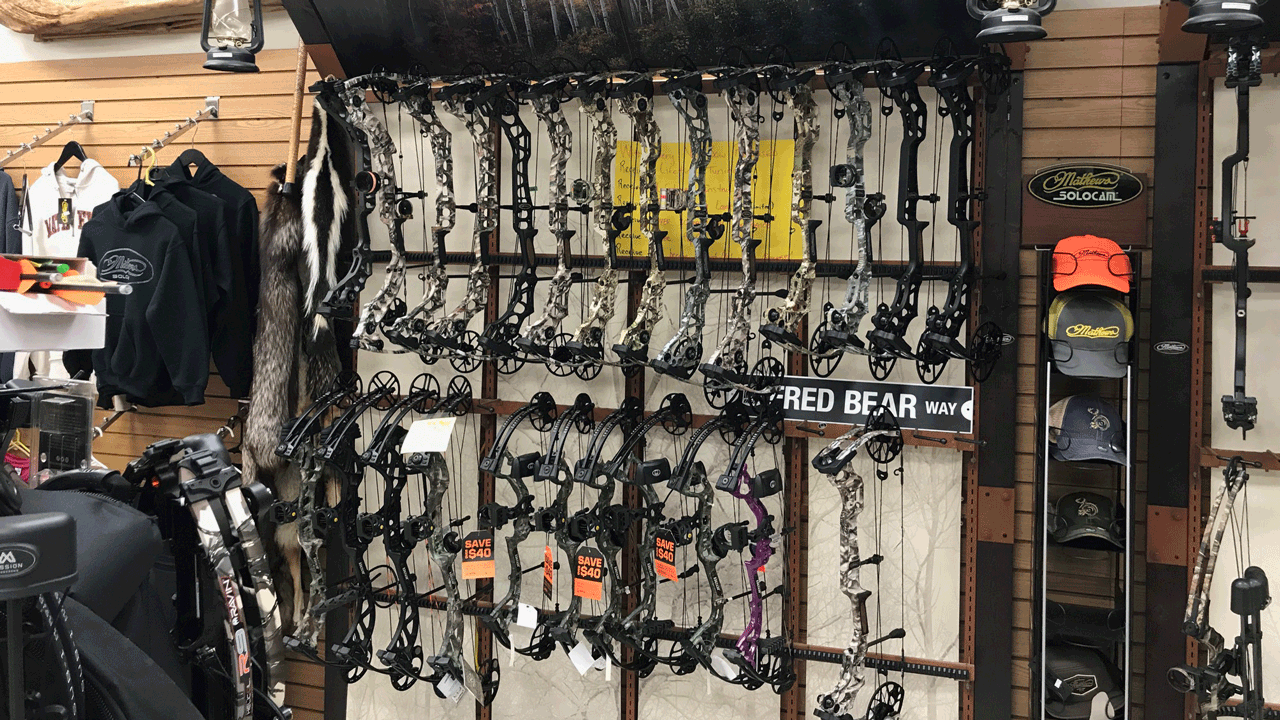
Deciding which bow to purchase comes down to comfort and personal preference.
Buying A New Bow – Step 1, The Bow
Fast forward to this past November. I’m always anxiously awaiting the launch of the new flagship bow from Mathews. The launch video alone is cinematography at its finest. This past fall was no exception. Of course, I was intrigued on that 14th day of November, but the shorter axle to axle length had me thinking this might not be a good fit for me. I’m a tall guy (6’-6”) and my draw length is 30 inches. I had an assumption that this particular bow wasn’t going to work. The week after the bow landed at our local archery store, a fellow hunting friend of mine (who also happens to be a co-worker), stopped by my desk and said he went and shot the Triax. When I asked what he thought of the bow, his response was, “The only decision now is what color to get!” This coming from a guy who takes an immense amount of time to decide anything. He literally fired two arrows through this bow and decided he had to have it. He simply stated, “you have to go shoot it to believe it.”
I made it about a day before I couldn’t take it anymore. I headed to the shop over my lunch break and brought my own bow so I could compare. Not only did I shoot the Triax, but I also shot last year’s flagship bow, the Halon 32. The bows are similar in overall appearance, but the Triax is four inches shorter. Side by side, the Triax looks tiny. I hung all three bows up and shot them in order, my Creed first, then the Halon 32, then the Triax. I shot about three to four arrows each. The first arrow through the Triax had me in awe! I couldn’t believe the feeling. I repeated this process three or four times. Then I simply kept shooting the Triax. Arrow after arrow, I couldn’t believe it. There is literally no feeling after the shot. And to top it off, the bow is incredibly quiet.
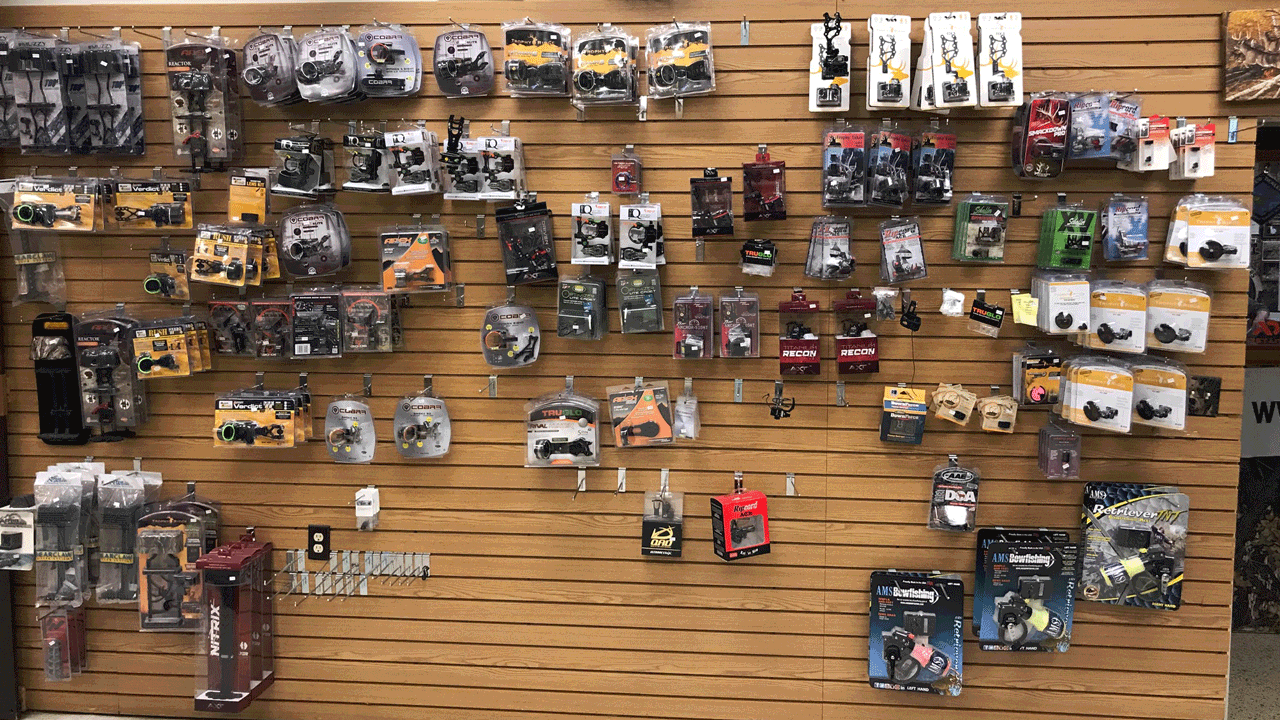
Selecting accessories for your new bow can be overwhelming. Take your time, ask lots of questions, and decide what works best for you.
Purchases of this magnitude take some time in my world. I tend to over research things and read a ton of reviews. But, that first week of December, approximately ten days after I shot the Triax, not only was I ready to buy a new bow, but I also decided on the color and string configuration I wanted. I was reminded that the process of buying a new bow is exciting, often exhausting, and typically expensive. It’s a process that shouldn’t be taken lightly. I always seem to learn things along the way, so here’s a look at some things to consider before you buy your next bow and accessories.
Want to learn more about the Mathews Triax? Check out our full Triax review here.
Step 2 – Get Measured For Your New Bow
When considering purchasing a new bow, be sure to have a technician measure your draw length and determine the draw weight you prefer to shoot. This will ensure your new bow is fit for you and will aid in comfortable shooting. After you have made the decision to purchase a new bow, it triggers a series of additional decisions. I usually tend to put all new accessories on my new bows. These include, rest, sight, and quiver. I even decided to change my release with this year’s purchase.
Where do you begin?
How do you decide what to put on your new bow with all the choices that are available? I break it down to research and reliability. Like I stated before, with all the forums, Youtube channels, published articles, etc., you can find reviews and information on every product out there. Spend some time researching products you might not be familiar with, ask your local archery shop technicians what they recommend and try to get your hands on the products themselves for a closer look.

QAD Ultra Rest
Step 3 – Picking an Arrow Rest
When it comes to arrow rests, there are numerous options available. The most notable are either a drop away rest or a full containment rest like the popular Whisker Biscuit. Buying a new bow is the perfect time to trade up to better accessories or try a product you’ve been looking at for awhile.
I have been shooting a QAD Ultra Rest for the past two bows and have never had an issue. For this reason, I didn’t even consider an alternate option for my new Triax.
If you are on the fence or unsure of which rest to put on your own bow, I would lean on your local archery technicians for this accessory as they will have knowledge of reliability with each option. They will often have a variety of these rests set up on demo bows to give you a chance to test drive them.
Step 4 – Choosing A Bow Sight
I chose to get a new bow sight this time around. The past two bows I had been shooting the same sight. I wanted something a little different for this bow. The first decision you need to make is whether you want to shoot a single pin adjustable sight or a multi-pin fixed sight. Today, there are also options for multi-pin adjustable sights as well. I prefer to shoot a single pin adjustable sight.
I like this option for the open view when sighting my target and like the flexibility to shoot long distances if desired. I did a ton of research on the latest offerings from all manufacturers and decided to try the Axcel Accutouch Pro sight. I purchased the sight without a scope and I’m going to mount my existing HHA scope on it. The neat thing about the Axcel Accutouch is that it’s a single pin slider sight, but it also has “accu-clicks” that can be set at preferred yardages, so you can quickly switch between them. The concept is to have set yardages like fixed pins with the open sight window of a single pin. I’m intrigued by the technology and adjustability of this sight.
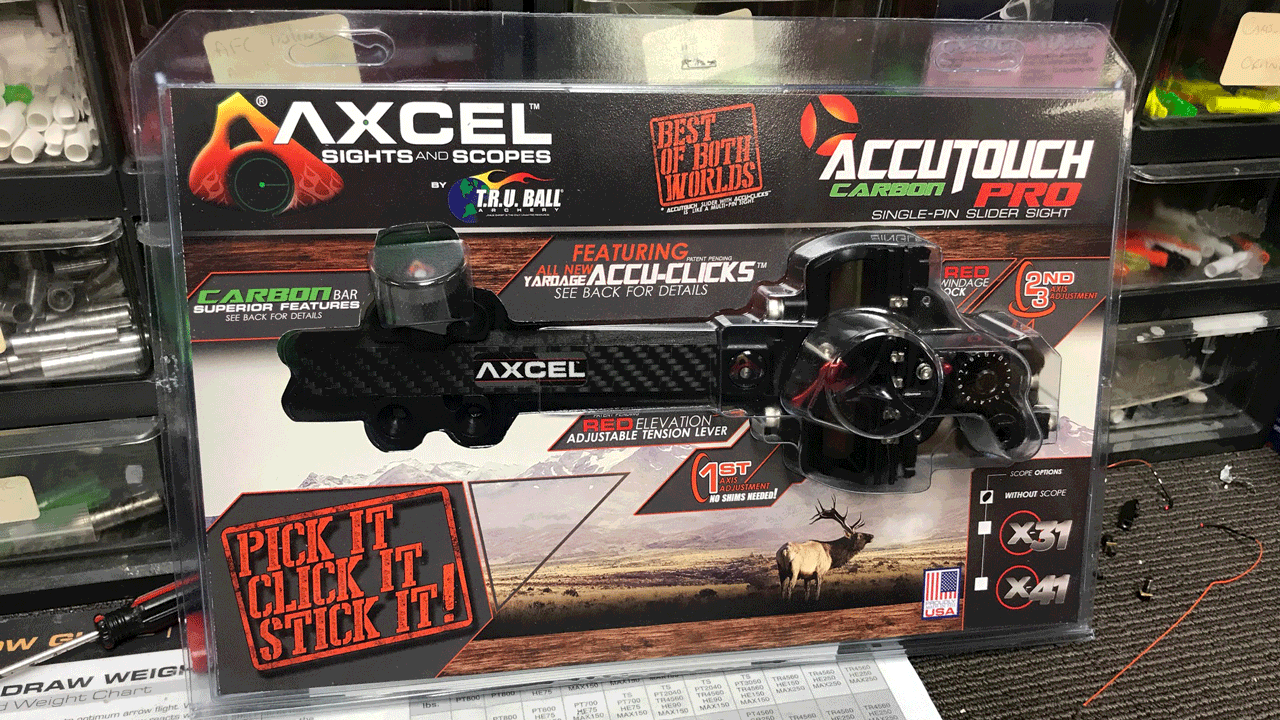
After much research, the author decided to try the Axcel Accutouch Pro sight because of the technology and innovation involved with the accu-click system.
Step 5 – The Arrow Quiver
Basically, two options here, fixed, or removable. I prefer the option of removing my quiver. I chose to get the Mathews removable quiver with my new Triax. I like having the option to remove my quiver in a ground blind or tree stand. The other choice with this accessory is the capacity.
My previous quiver held five arrows, which was perfect. The new options from Mathews are either four or six. I chose the six-arrow capacity since I like to carry a practice arrow with me. When choosing a quiver, look for models that have dampening technology and secure attachments to your bow. The last thing you want is a quiver that vibrates or makes noise.
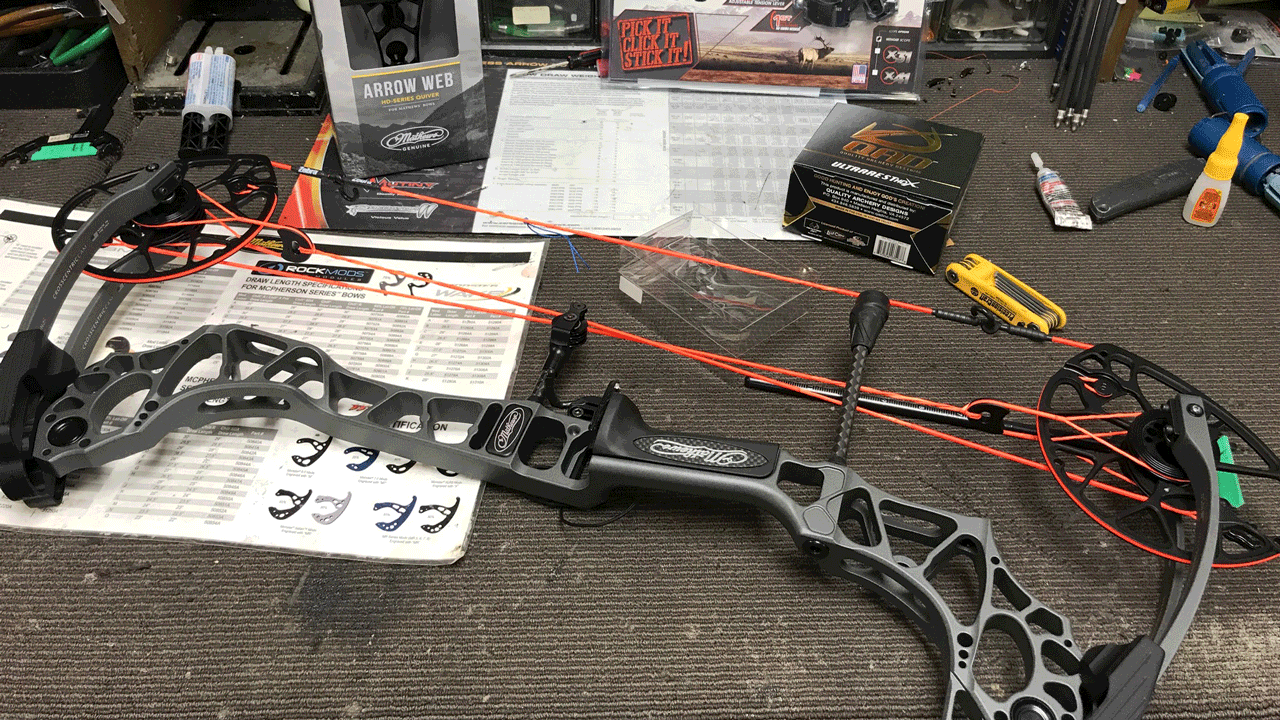
After all accessories have been chosen, the setup process begins.
Step 6 – Which Release?
While buying a new bow I took the opportunity to switch out my release as well. I have been shooting the same wrist strap release for quite a few years. I felt like it was time for a change. For hunting purposes, most archers choose either a wrist strap release aid or a hand-held release aid. This year, I made the jump to a Stan hand-held thumb release. I really love the draw cycle when pulling with my hand, forearm and back. It’s going to take some serious practice to get used to this change, but so far, I really like it. The choice for a release aid comes down to personal preference and comfort. Pick a release that works for your shooting style and that is comfortable to shoot. The more comfort you have while shooting, the more arrows you will want to shoot and the better your accuracy will become.
Interested in trying a thumb release? Check out this article on how to get started.
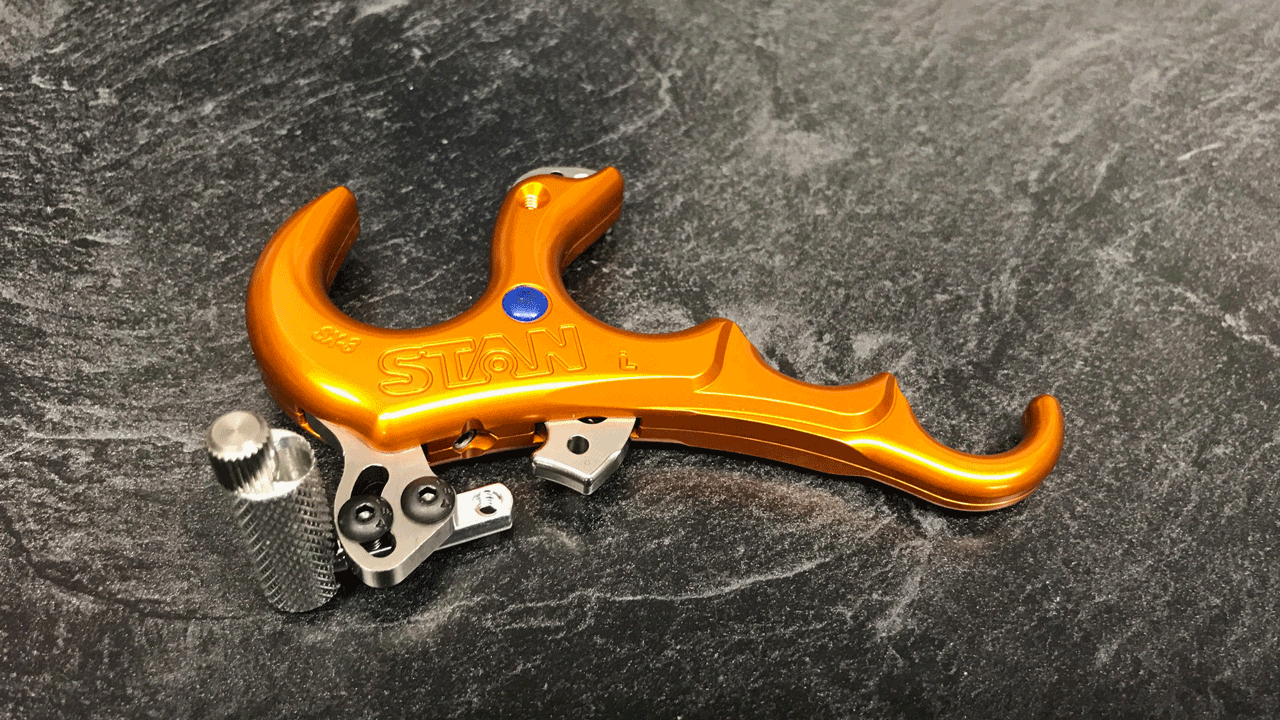
The author made the switch to a hand-held thumb release.
Step 7 – Custom Bow Orders
Custom orders around the time of a manufacturer’s launch can take six to eight weeks (or longer). I’ve been told this is similar with other manufacturers as well. If you don’t custom order, you might be able to find the color and draw length you want in stock, as most archery shops have a few to choose from. My Triax arrived in just under nine weeks. I’ve never been so excited to set up and shoot a new bow as much as I was with this one. After a couple of hours of shooting, I can say it was worth the wait!
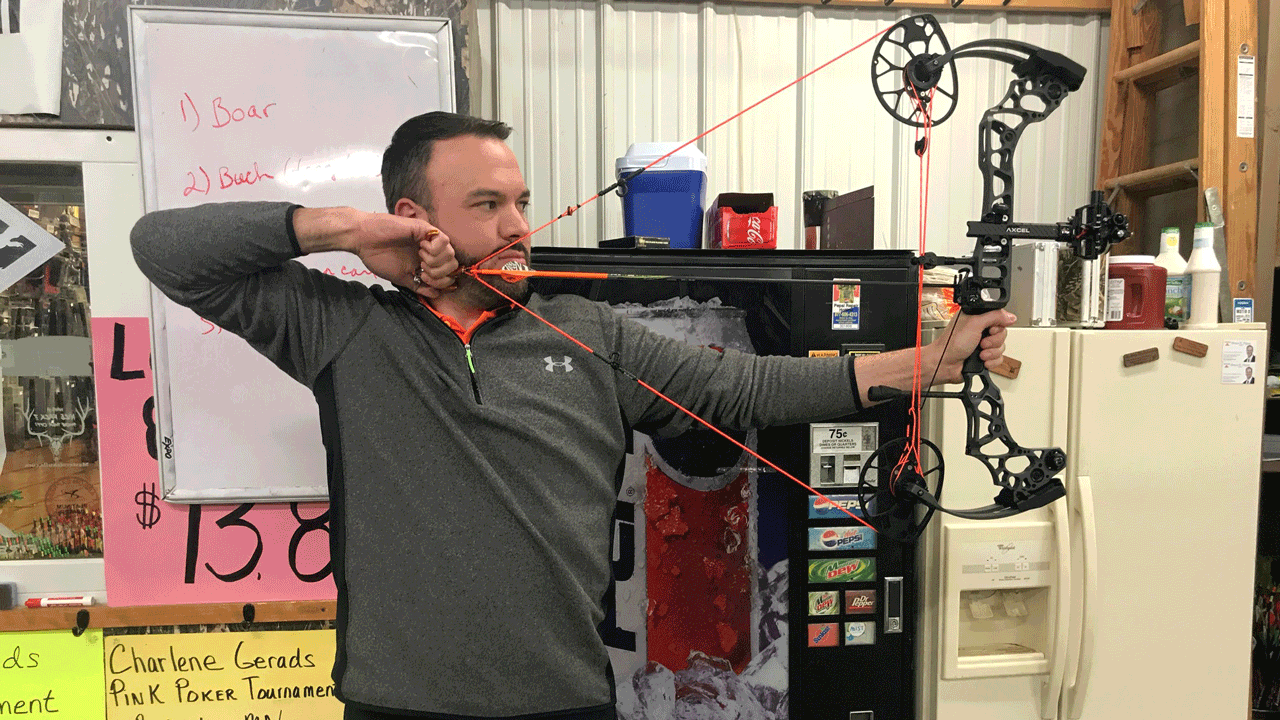
The author finally gets to send a few arrows down range with his new Triax.
When considering purchasing a new bow, take your time. Go to your local shops and give them all a look. Find the bows you like the look of and are comfortable in your hand. Spend time on the range shooting some arrows to get a good feel for the bow. After a few arrows, or possibly only two, you will know which bow fits you the best.

 By
By 



